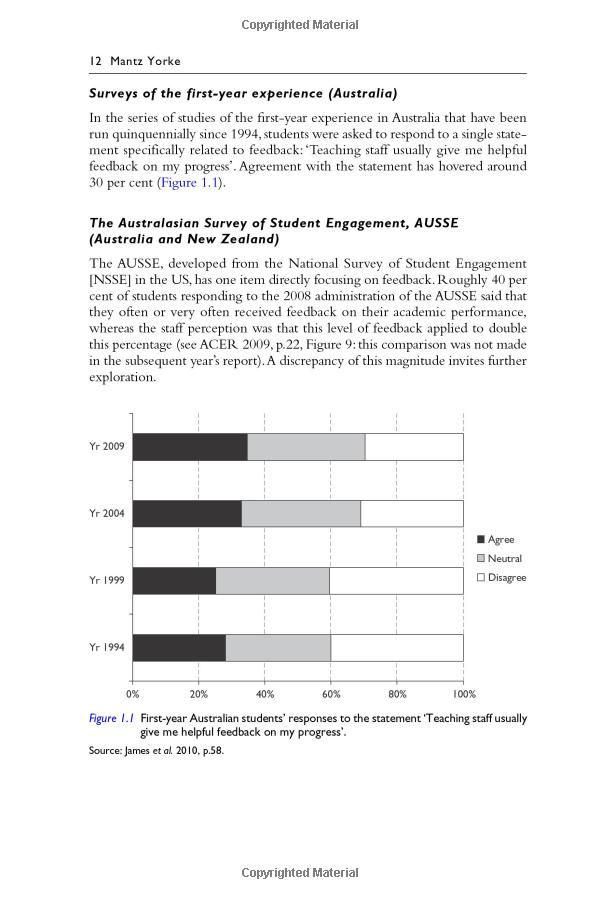Exploring American Indian Student Loan Forgiveness: A Comprehensive Guide for Eligible Borrowers
Guide or Summary:Understanding American Indian Student Loan ForgivenessEligibility Criteria for American Indian Student Loan ForgivenessTypes of Loans Cover……
Guide or Summary:
- Understanding American Indian Student Loan Forgiveness
- Eligibility Criteria for American Indian Student Loan Forgiveness
- Types of Loans Covered
- The Application Process
- Benefits of American Indian Student Loan Forgiveness
- Challenges and Considerations
- Success Stories
Understanding American Indian Student Loan Forgiveness
American Indian student loan forgiveness is a vital initiative aimed at providing financial relief to Native American students burdened with educational debt. This program is designed to recognize the unique challenges faced by American Indian communities in accessing higher education and to support their educational aspirations.
Eligibility Criteria for American Indian Student Loan Forgiveness
To qualify for American Indian student loan forgiveness, applicants must meet specific criteria. Generally, this includes being a member of a federally recognized tribe, having federal student loans, and demonstrating a commitment to serve in their communities. Many programs require recipients to work in public service or education fields that benefit Native American populations, thus ensuring that the support provided contributes to the betterment of these communities.

Types of Loans Covered
The American Indian student loan forgiveness program typically covers various types of federal student loans, including Direct Subsidized Loans, Direct Unsubsidized Loans, and Perkins Loans. Understanding which loans are eligible is crucial for borrowers seeking forgiveness. Additionally, some state-specific programs may also offer forgiveness options for loans taken out for education purposes.
The Application Process
Applying for American Indian student loan forgiveness involves several steps. Borrowers must gather necessary documentation, including proof of tribal enrollment and details about their loans. The application process may vary depending on the specific program, so it is essential to follow the guidelines provided by the relevant authorities. Many applicants find it helpful to consult with financial aid advisors or tribal education offices to navigate the process successfully.
Benefits of American Indian Student Loan Forgiveness
The benefits of American Indian student loan forgiveness extend beyond just financial relief. By alleviating the burden of student loans, this program enables graduates to pursue careers in critical areas such as healthcare, education, and social services, which are essential for the growth and development of Native American communities. Moreover, it encourages more individuals to seek higher education, knowing that their financial obligations may be mitigated.

Challenges and Considerations
While the American Indian student loan forgiveness program offers significant advantages, there are challenges that potential applicants should be aware of. For instance, the application process can be complex and time-consuming. Additionally, eligibility requirements may change, and funding for these programs can vary from year to year. It is essential for borrowers to stay informed and proactive in understanding their options.
Success Stories
Many individuals have successfully benefited from American Indian student loan forgiveness, transforming their lives and communities. These success stories often highlight the importance of education in breaking the cycle of poverty and fostering leadership within Native American populations. By sharing these experiences, potential applicants can find inspiration and motivation to pursue their educational goals despite financial challenges.
In conclusion, American Indian student loan forgiveness is a crucial initiative that provides much-needed support to Native American students. By understanding the eligibility criteria, types of loans covered, and the application process, borrowers can take advantage of this opportunity to achieve their educational and career aspirations. As more individuals access these resources, the long-term impact on American Indian communities can be profound, fostering a brighter future for generations to come.
